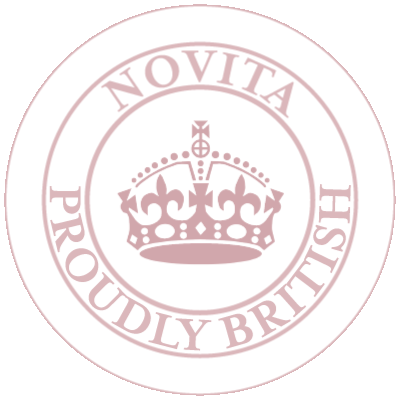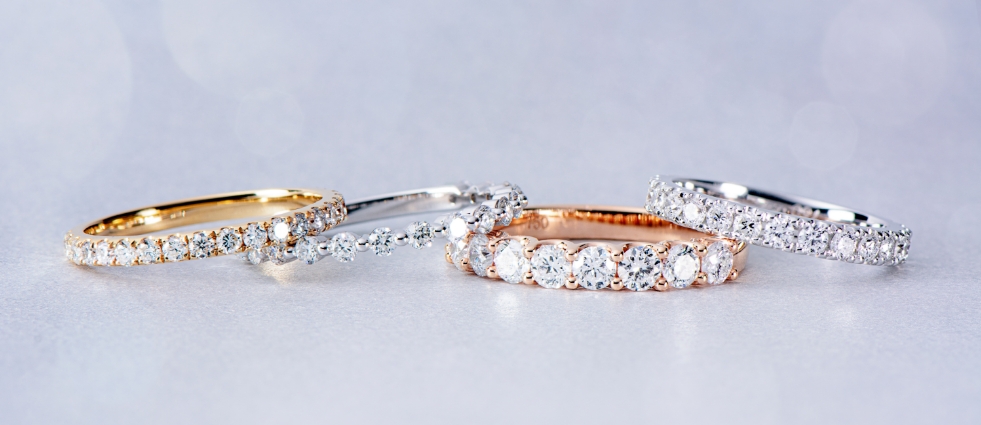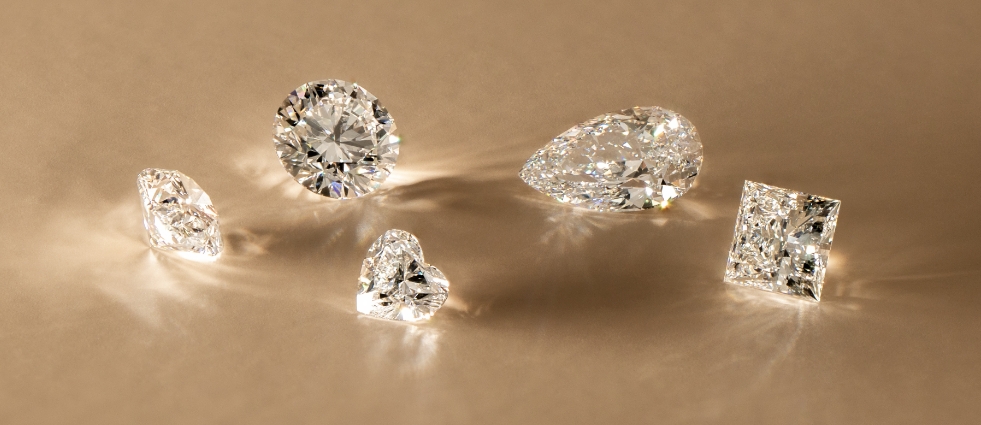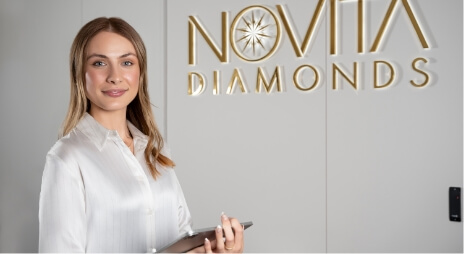When Did GIA Finally Start Grading Lab Grown Diamonds Fairly?
The war waged by the coalition of GIA and De Beers against lab grown diamonds has finally come to an end with lab grown diamonds being the clear victor. At time of writing this article, GIA has finally relented and begun applying the same standard of grading for both man made and mined diamonds. This is viewed by most in the industry as a significant milestone, signifying the acceptance of the fact that lab created diamond are fundamentally the same as mined diamonds; the artificial rift has finally been closed and the diamond industry can now once again advance forward.
Despite the GIA finally re-entered the lucrative race, the majority of the industry feel that is too little, too late. This is because their hesitancy and antagonistic attitude has allowed their competitor, IGI, to corner the lab grown diamond certification market unhindered, therefore, becoming the leader. GIA will now face an uphill battle to reclaim their crown, but only time will tell if they can succeed.
What are the Pros and Cons of GIA Certified Lab Grown Diamonds?
The disadvantage for customers, unfortunately, is that GIA certified stones will come at a higher cost, for a variety of reasons. For starters, their certification costs are a lot higher than IGI’s. Additionally, GIA has fewer global offices than IGI, thus, logistically getting a stone certified by GIA is a costly endeavour, in both time and money. To make matters worse, most GIA labs only certify diamonds up to a certain size, for example the Hong Kong office does not certify 2.00CTs and above, leaving only the US labs to deal with large stones. Regarding certification time, it is even more concerning as GIA takes about 1 MONTH to get a stone certified versus IGI who only takes a few DAYS, not helped by the fact GIA can be stricter on the grading the IGI.
Taking all these factors into account, it is inevitable that no matter how much we try to minimize the costs borne by our customers, GIA certified stones will still be an estimated 10 – 15% costlier than their IGI certified counterparts.
Cons: GIA certified stones will be an estimated 10 – 15% higher in cost.
Who is the Winner from this Unprecedented Development?
The real winner is the lab grown diamond market, and in effect, the end customers like you. GIA finally entering the market head on validates, conclusively, the legitimacy and quality of man made diamonds. This puts to rest any baseless accusation propagated by the mined diamond industry against the durability, colour, and the foreverness of lab grown diamonds.
What should you buy - IGI vs GIA?
We believe for today’s discerning buyer, even though both labs are trustworthy and scientific, IGI certified is the overall better option when buying a lab grown diamond. Unsurprisingly, IGI certified diamonds costing less outweighs any other advantage a GIA certificate might have. Another advantage IGI has over GIA is that due to a head start, IGI has already become the most prolific player and established themselves as preferred lab for most of the diamond industry. Unfortunately for GIA, succumbing to De Beers and hedging in their lot with the mined diamond industry has consequences, which they are now reaping. Nevertheless, GIA could one day regain their hegemony of the diamond certification industry, but to industry insider this looks like a long shot and a pipe dream at best.
True: IGI is the most popular and dominant lab in the world for lab grown diamonds.
True: GIA is the most popular and dominant lab in the world for mined diamonds.
For more related industry articles, use any of the following search terms on our blog: igi diamond report vs gia, GIA vs IGI, IGI vs GIA lab grown, igi diamonds vs gia, igi diamond report vs gia, igi vs gia lab grown, igi diamonds vs gia, igi vs gia lab grown.
In summary
GIA has entered the lab made diamond in UK certification race using the same standards as for mined diamonds. GIA had a history of being a pioneer in embracing lab created diamond in UK, but De Beers allegedly pressured them to halt certification. Despite GIA’s recent re-entry, IGI dominates the certification market due to GIA’s higher costs and longer certification times. We therefore recommend customers to chose IGI certified man made diamonds in UK over GIA certified ones.









